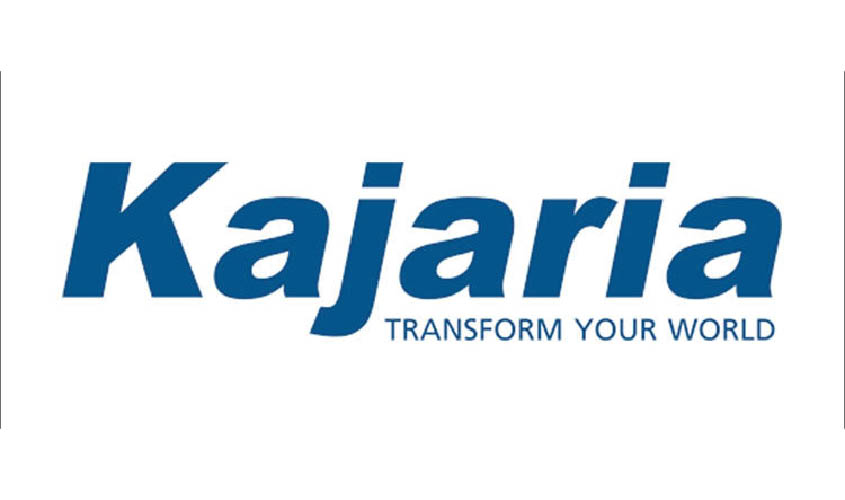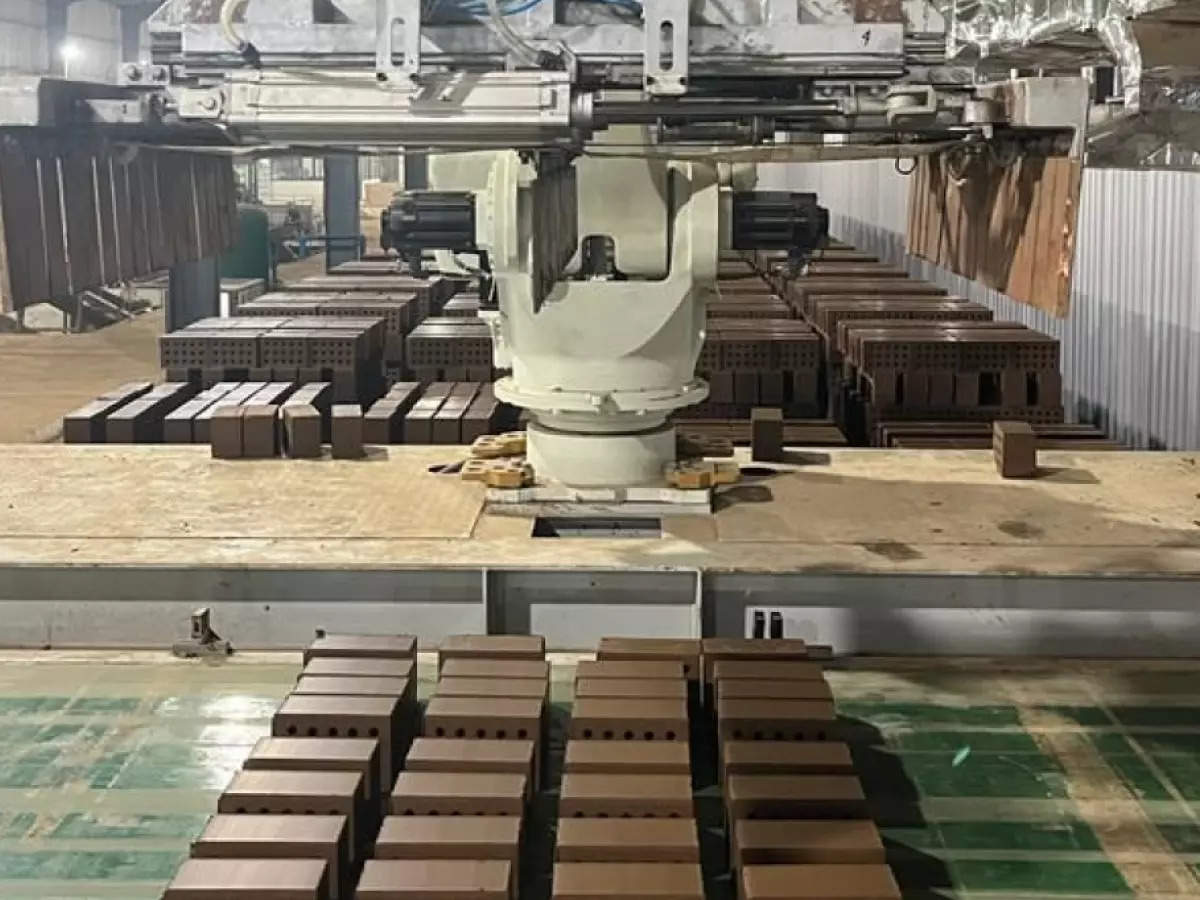E - PAPER
Aluminium and cement sectors wrestle with escalating coal costs
Coal costs for the non-regulated sectors, primarily aluminium and cement, have gone up sharply by 20-34 per cent between April and October this year. The rising coal costs stems from domestic coal shortage and hardening of seaborne coal prices. The situation for the non-regulated players has also
 BY
admin
BY
admin
Published - Friday, 09 Nov, 2018

Coal costs for the non-regulated sectors, primarily aluminium and cement, have gone up sharply by 20-34 per cent between April and October this year.
The rising coal costs stems from domestic coal shortage and hardening of seaborne coal prices. The situation for the non-regulated players has also been exacerbated by rupee depreciation.
As per the findings of a study by ratings firm Icra Research, coal prices have appreciated at a time when production growth remained firm for the non-regulated sectors. Between April and August this year, aluminium production expanded 14.7 per cent. Cement output in the same period rose 11.4 per cent.
For the non-regulated players, the landed cost of domestic spot e-auction coal during April-October has spiked between 20 and 28 per cent, depending on the coal grade. Cost of coal sourced from Australia, has vaulted 34 per cent whereas coal of Indonesia origin has increased 25 per cent.
“Rising coal prices are a worry for our operations. Prices of coal were nearly 12 per cent higher in Q2 compared to the previous quarter and this hiked our aluminium production cost”, said an official with an aluminium maker.
Led by tightness in domestic coal availability and healthy demand from coal consuming sectors, spot e-auction premiums have reached 102 per cent in September 2018, surpassing the level of 95 per cent in October 2017 when coal stocks at power plants were at their lowest levels.
As power plants grapple with critical coal stocks, despatches to the power sector has taken a higher priority, growing at a pace of 9.6 per cent year-on-year (y-o-y) during April-September, compared to a growth of just 2.8 per cent in the corresponding period of last fiscal.
The situation has led to an enhanced dependence on imported coal by non-regulated sectors. Thermal coal imports in April-September period stood at 84.7 million tonnes (mt), up from 75.1 mt in the same period of FY18, growing 12.7 per cent.
Along with rising dependence on imported coal, a steep 26 per cent rise in seaborne thermal coal prices, rupee slump and increasing spot e-auction coal prices are expected to lead to 20-34 per cent jump in coal costs for a non-regulated player between April and October 2018, the Icra report forecasts.
RELATED STORY VIEW MORE
NEWS LETTER
Subscribe for our news letter
E - PAPER
-

CURRENT MONTH 
LAST MONTH















